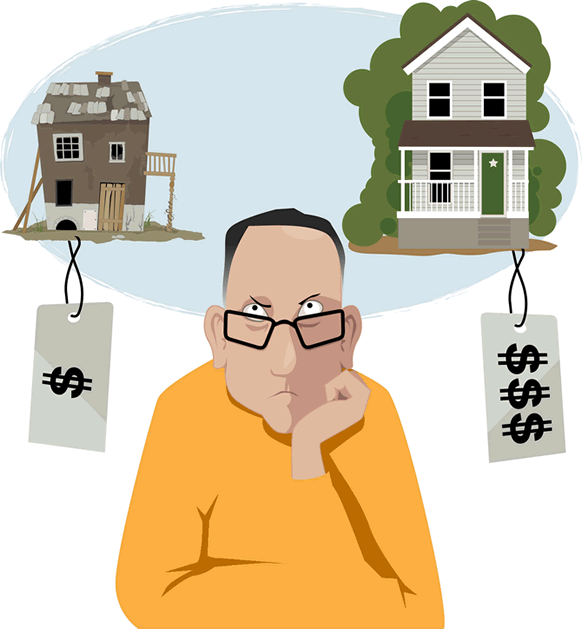
Affordability is a word that gets many households in trouble.
By definition, affordable means within one’s means financially. Unfortunately, what it means to purchase something within one’s means is a question that takes on different meanings depending on the individual. Understanding your position on how you define affordable is important if you hope to adopt a different approach to effectively managing your money.

The revolving door.
For most poor and middle class households, the term affordable is understood to mean that they believe they have the means to make a payment on a weekly or monthly basis. This approach leads them ultimately to more debt, which further complicates an already difficult financial situation. Furthermore, this mentality leads to a revolving cycle whereby the individual or family will find themselves constantly in debt.

“No credit? No problem!”
The easy availability of credit will ultimately lead them to making a more expensive purchase than they might if they were paying with cash. A car loan is a perfect example. When purchasing a car, most poor and middle class households are more concerned about how much they are required to put down, if any, and how much the monthly payments will be. This approach creates a mentality that having car payments is okay and necessary if they need an affordable car. Hidden in the payment is what the car will ultimately cost them, assuming they keep the car long enough to pay off the loan. A car payment mentality leads many to trade in their cars before the loan is paid off, often resulting in rolling over negative equity into the new car. This approach to defining affordable keeps them focused on income and expenses rather than thinking about building wealth.

Think long term.
Those who are wealthy tend to take a different approach for defining affordable. Rather than thinking in terms of payments, they focus on the total cost to purchase the item outright. They want to know how much the item costs. This approach focuses on two things. First, whether they have the cash to purchase it now. Second, if they are willing to pay the asking price in exchange for the item. This mentality is more about avoiding debt and not overpaying. It also indicates a mentality of purchasing and keeping the item for the long-run. All these lead to a frugal mind and ultimately, to building more wealth through minimizing expenses in order to funnel the savings into more wealth.

Here’s the Bottom Line
Poor and middle class households need to develop an attitude more like those who are wealthy if they hope to rise to their level. By changing their focus on how they define affordable, they will begin a mental transformation that helps them take on a whole new mindset in terms of how they manage their money. No longer will they unknowingly focus on paying more through interest, hidden fees and overspending. They will focus intentionally on being more frugal by carefully considering the full price and analyzing the cost versus benefit of making the purchase.
Did you find this helpful? Subscribe to the Dr. Thrift Podcast today and get more thrifty tips!







